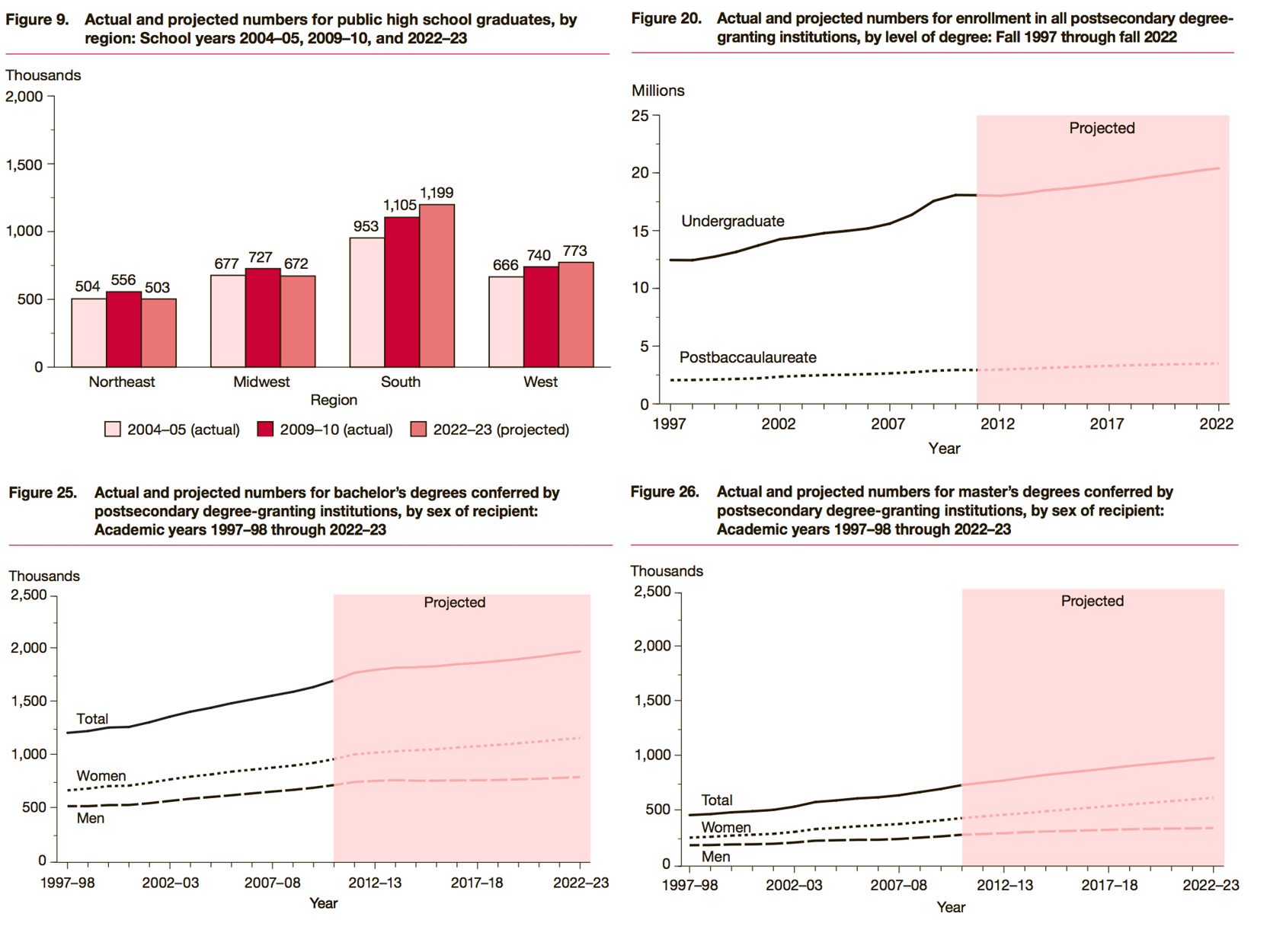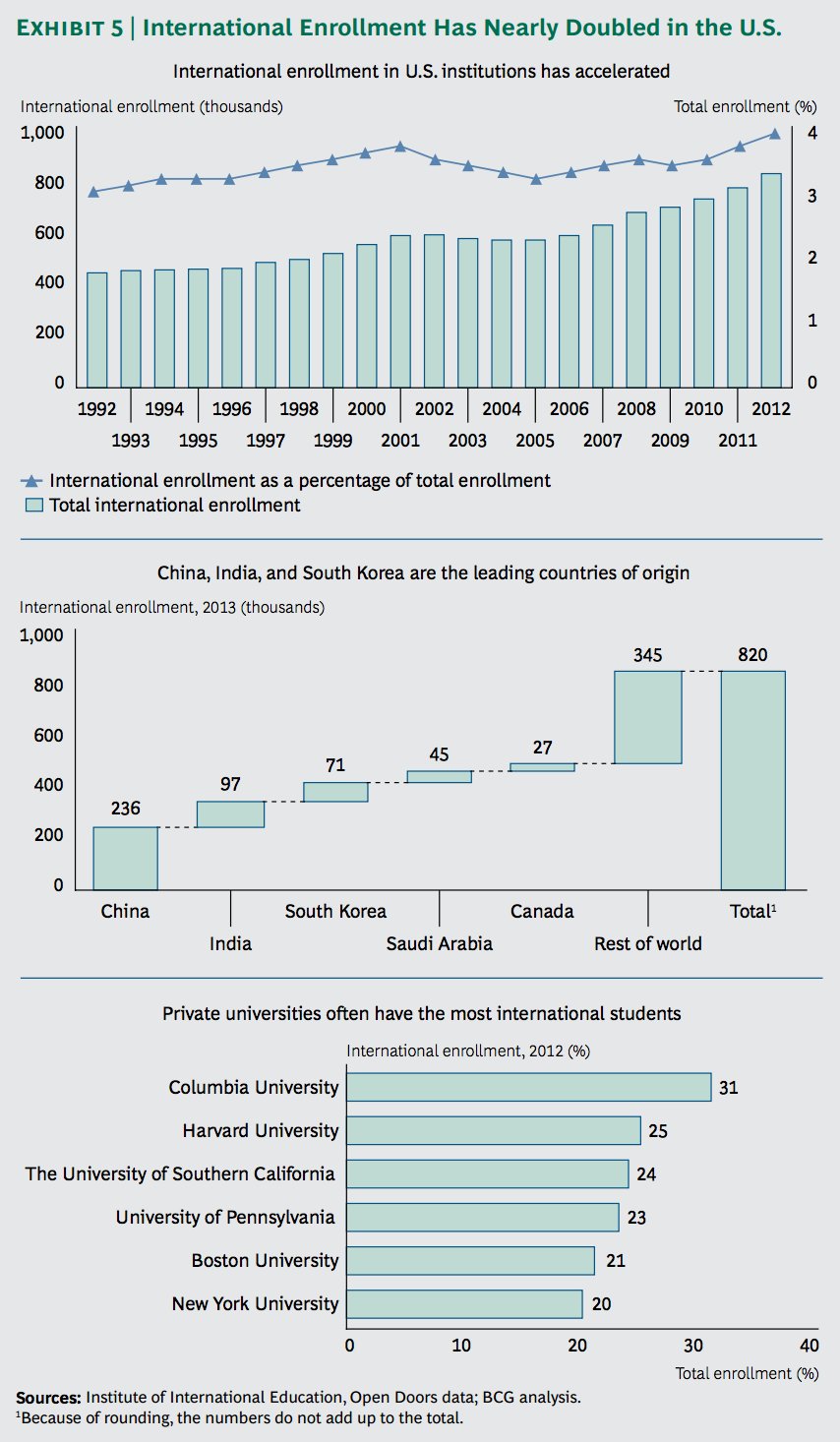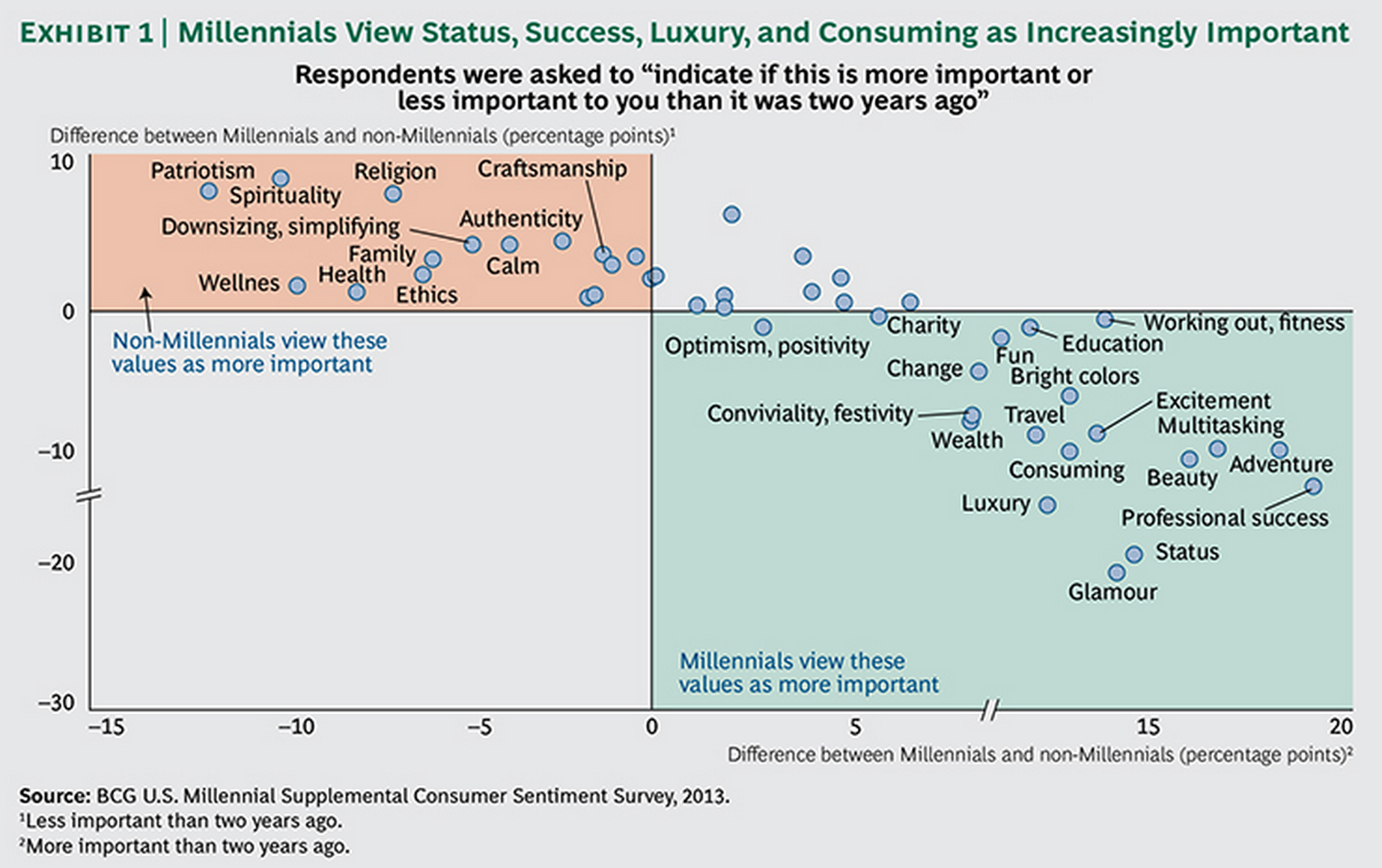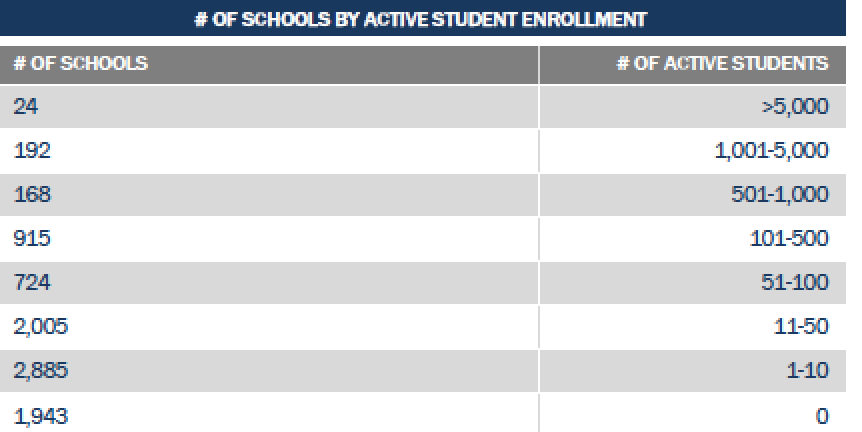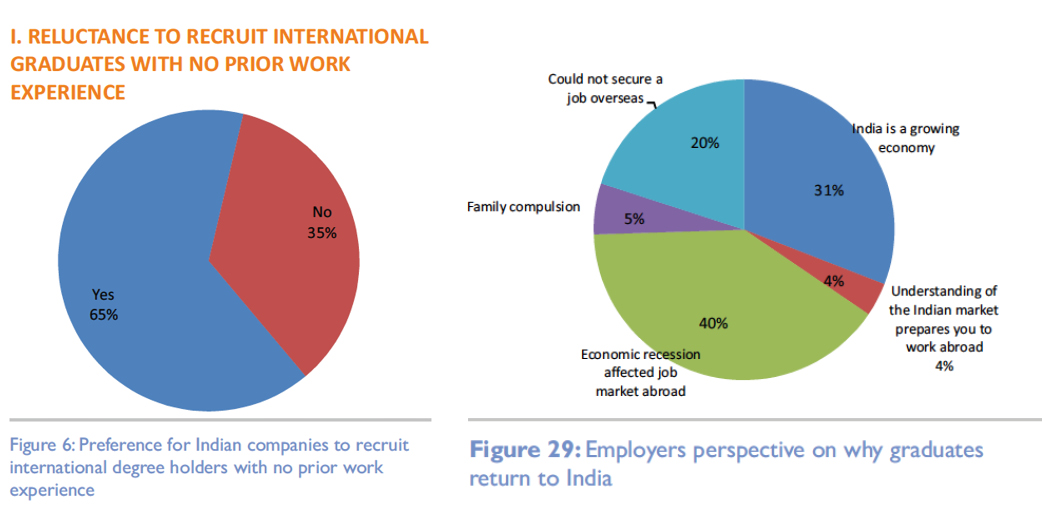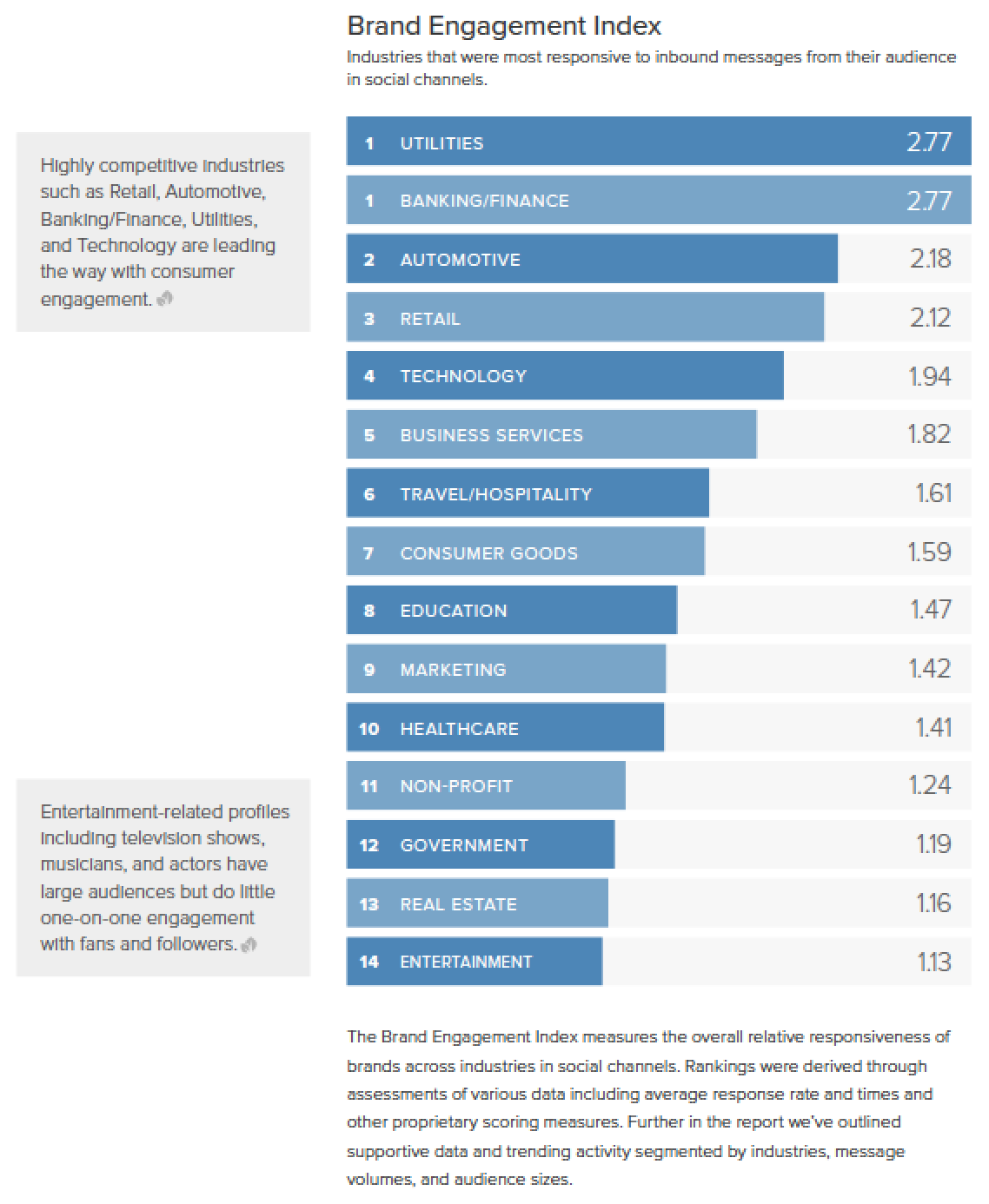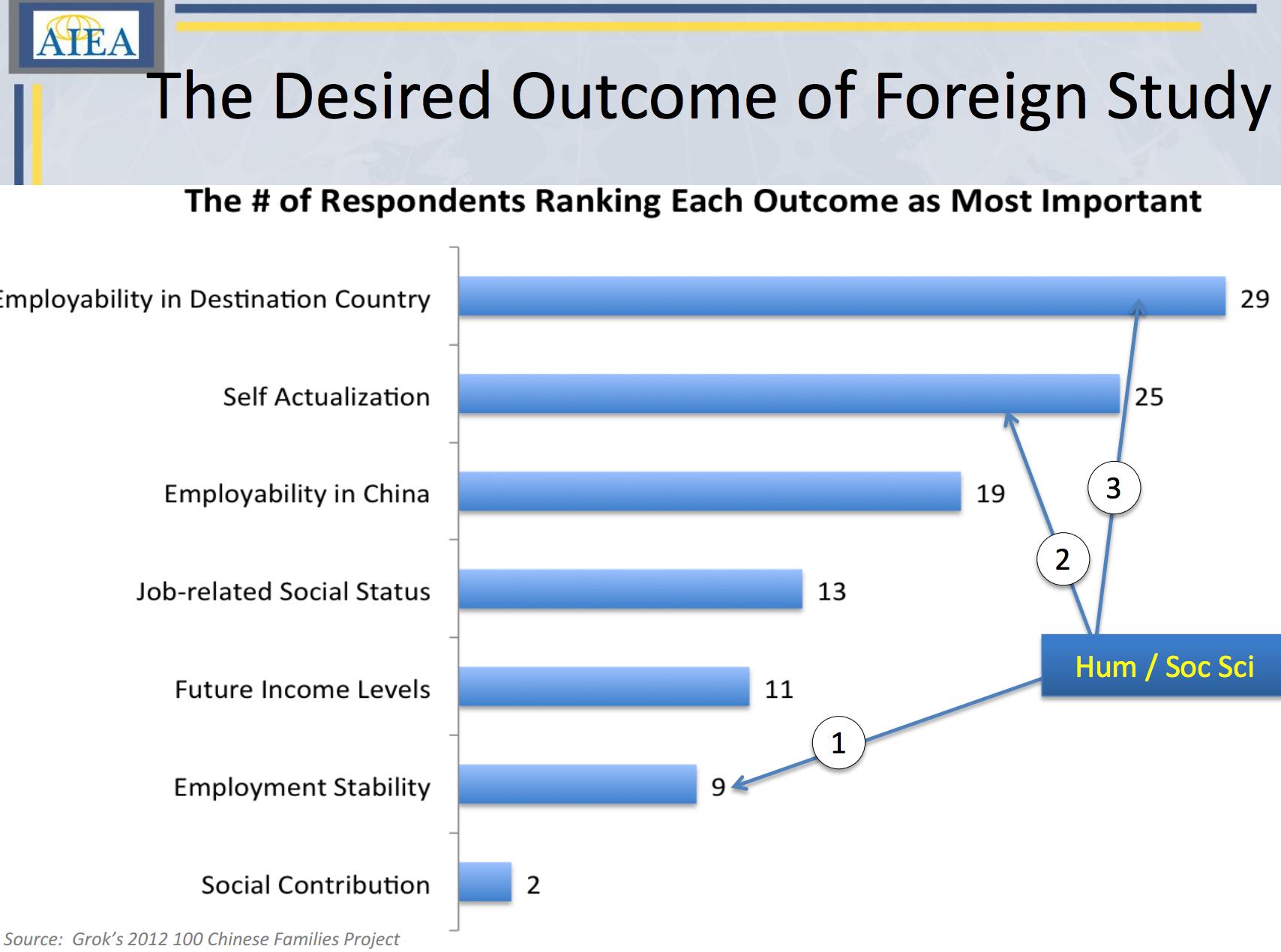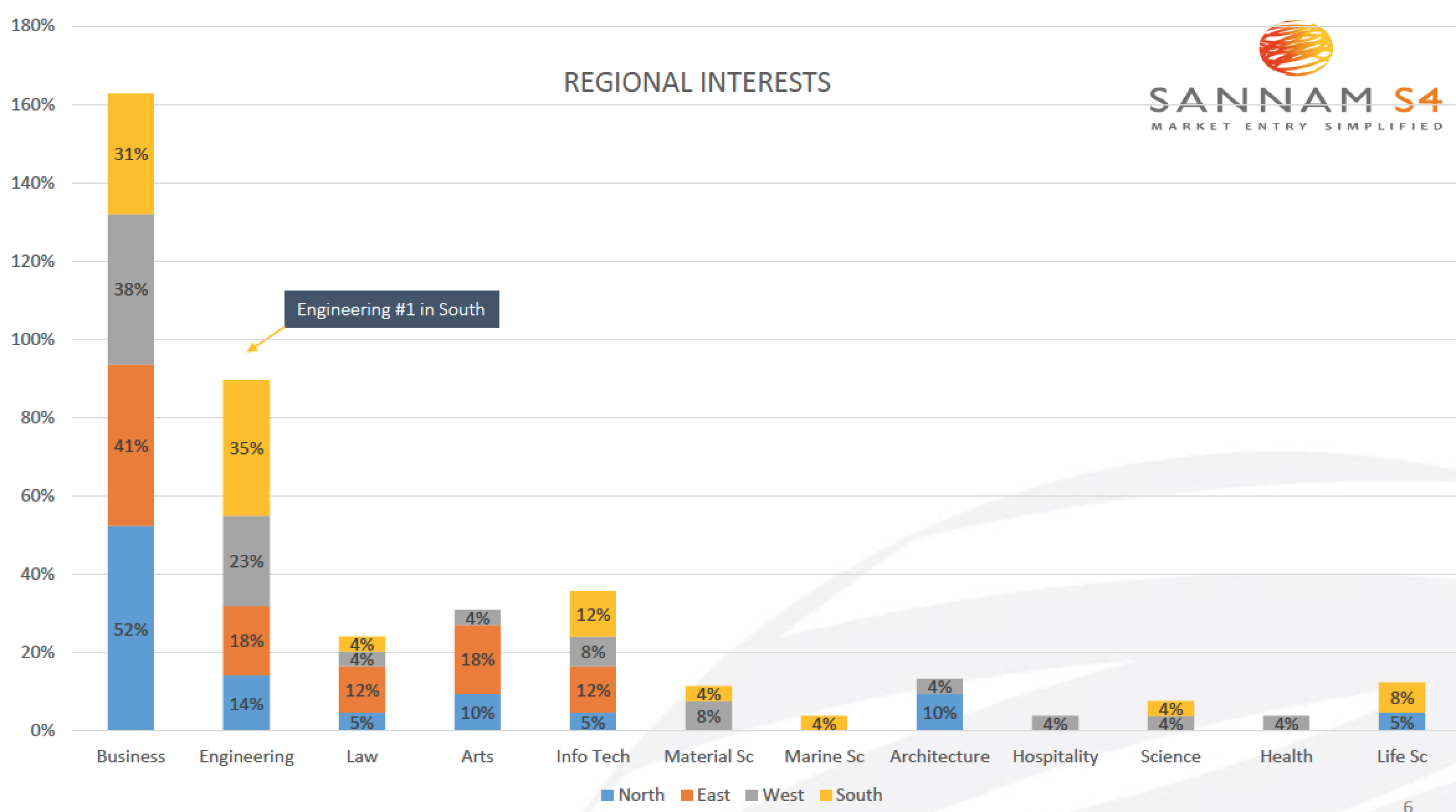By 2025, the Lumina Foundation wants to announce: Mission Accomplished!
They want to announce that 60% of Americans are obtaining a college degree, certificate or other high quality post-secondary credential. Hey, MOOCS, do you think that you will count?
We have admired for many years the single, focused mission of this foundation. This month, Lumina published its report "a stronger nation through higher education." It's not only a beautifully prepared report and website, but we love the message and data provided to all of us.
Lumina Foundation CEO Jamie Merisotis, a relentless advocate for education, says, "we see even more encouraging signs - unmistakable signals that the need, the hunger for education is stronger than ever." He quotes that three of four Americans believe that a postsecondary degree or credential is important to attaining a better quality of life, while fully 90% believe it's important for the nation to increase college attainment rates. We second that.
Read More

